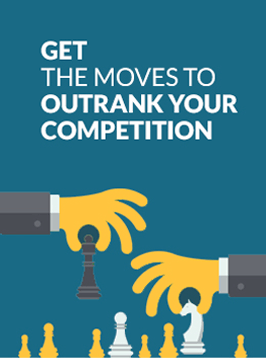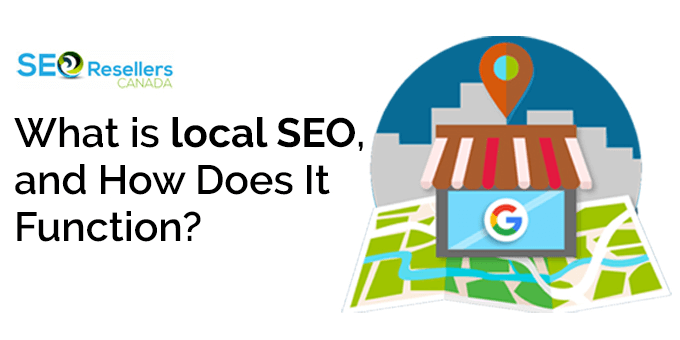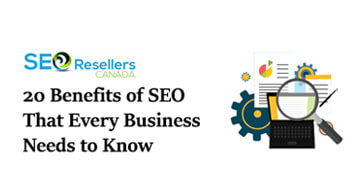Facebook ads are a highly successful tactic for various brands and businesses globally. The platform boasts a staggering 10 million active advertisers. The large number of users shows its popularity and effectiveness in reaching target audiences.
26% of people who click on Facebook ads end up buying the stuff being advertised. Almost 80% of folks buy things they’ve seen in social media ads.
That’s why businesses are going crazy for Facebook ads! But if you’re new to this game, you’re probably wondering, “How much do Facebook ads cost?”
Advertising cost is a big concern for businesses diving into social media solutions.
Well, guess what? This guide has all the answers to your burning questions about Facebook advertising costs. Stick around to find out more!
And hey, if you’re keen on boosting your social media game and cutting down on those Facebook ad expenses, reach out to SEO Resellers Canada, the best digital marketing agency. We have got the know-how to help you out!
1- How much do Facebook ads cost?
Facebook ads have become a great equalizer for businesses of all sizes. Facebook ads can help you reach more customers for a startup or a big company.
Now, the big question on everyone’s mind: How much do Facebook ads cost?
The cost depends on your strategy, focus, and industry.
The average per-click cost for Facebook ads is $0.50 to $5.00 in 2023. The average cost per click across all industries hovers around $1.72. This number varies based on the industry. For instance, the insurance and finance sectors have higher average costs at $3.77 per click. The apparel industry pays as low as $0.45 per click.
These are averages. Your actual costs can be influenced by your specific targeting, ad quality, and budget. Having a clear strategy and focus can make PPC management services a cost-effective option for your business. So, while the exact Facebook advertising pricing might not be crystal clear, you can make your money go a long way on Facebook ads with the right approach.
2- Factors that affect Facebook ads cost
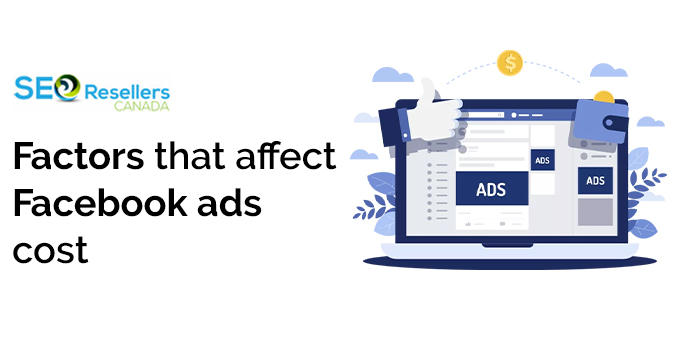
Charging in without a clear plan is a bit like heading into a big soccer game without knowing your game plan.
The main goof-ups happen when people skip important steps. Let’s break it down a bit. Imagine not testing your ads is like baking a cake without checking the recipe. You might end up with a mess. And not having a retargeting strategy? That’s like leaving money on the table. Custom audiences? Think of them as your secret sauce. Avoid wasting resources by aiming for a huge audience.
Hire a Victoria SEO company, and you’ll save money and get the results you’re after. Here is a snippet of factors that might cost you a lot if you don’t plan them well.
2.1- Skipping ad testing on Facebook
Taking a chance on untested ads isn’t smart. Test your ads first to understand how they reach consumers and what results to expect. Don’t dive in blindly; testing gives you a better shot at success.
2.2- Broad targeting
Don’t get lost in Facebook’s wide targeting choices. It’s easy for beginners. Keep it simple; focus on your audience. Wasted impressions mean wasted money. Be smart, and use your budget wisely for an effective campaign.
2.3- Age Range
Target the age range of your audience with precision. Avoid wasting your budget on people uninterested in your products or services. Choose an age range that aligns closely with your ideal demographic to ensure your Facebook ads resonate with the right audience.
2.4- Interests
Don’t fall into the trap of vague interests that might loosely connect to your offerings. Imagine yourself as the ideal customer and brainstorm specific topics that genuinely matter to them. Quality beats quantity; a few specific interests are far more effective than a bunch of broad ones that lead nowhere.
2.5- Location
Narrow down your audience geographically. Don’t make the mistake of targeting regions outside your market. If your audience is in a specific state, focus there. Utilize language targeting to refine your audience further, ensuring your message reaches individuals genuinely interested in what you offer.
2.6- Ignoring Reach
Always pay attention to the estimated audience reach. This metric provides insights into your potential audience size. If you’re promoting niche services in small towns, a vast audience size might indicate misalignment. Regularly monitor this metric when tweaking your targeting to understand the impact on your Facebook ad costs. Stay mindful of these factors to optimize your ad campaign effectively.
3- How Does Facebook Decide What Ads to Show?
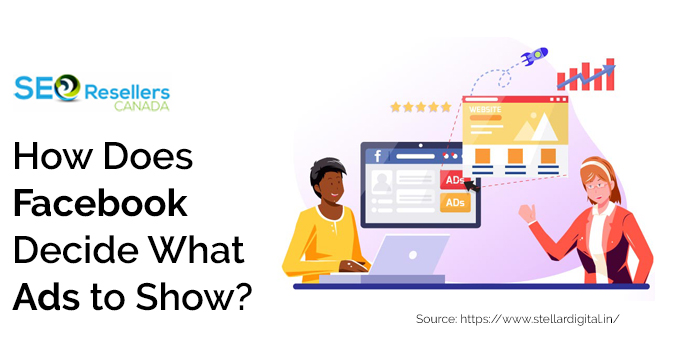
Facebook aims for a positive user experience. Therefore, it uses a balanced approach to show ads.
To achieve this balance, Facebook holds daily auctions where ads compete.
Unlike traditional auctions based solely on monetary bids, Facebook’s auctions prioritize ads generating the most overall value.
When an ad space becomes available, a group of ads competing for that spot is batched, and an auction takes place. The winning ad, which is chosen for its value, is then displayed to users on the platform. This process ensures relevant and engaging ads are shown to users while helping advertisers achieve their goals.
4- How to reduce Facebook ads cost
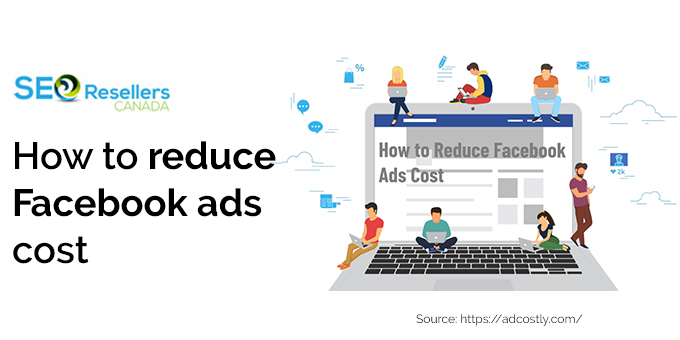
When delving into Facebook advertising, understanding the costs involved is vital. Let’s break down the factors influencing these costs and how you can optimize your spending for maximum results.
4.1- Audience Targeting
Choose specific demographics and audience interests to reduce expenses. A narrow, high-value audience might cost more per click. It’s likely to yield better results compared to a broad, low-value audience.
4.2- Ad Budget and Bid
Your ad budget directly influences your bid strategy. Setting a competitive bid is crucial. Manual bidding offers control but higher costs, while automatic bidding aims for efficiency. Balance your bid and budget to maximize your ad’s value without overspending.
4.3- Ad Quality and Relevance
High-quality and relevant ads engage users and lower costs. Facebook assesses ad quality, bid amount, and estimated action rates to determine value. Win auctions by creating compelling and targeted ads.
4.4- Ad Objective and Placement:
Choose your ad objective wisely. Awareness-focused campaigns often result in lower costs, allowing you to engage users at the beginning of the buyer’s journey. Consider ad placement across Facebook and Instagram platforms. Automatic Placements can optimize results, but manual adjustments offer control over costs.
4.5- Seasonal Impact and Industry Trends:
Peak shopping periods increase demand, which leads to competitive auctions and higher costs. Industry-specific trends affect ad expenses. Research your industry’s average Facebook ad costs to set realistic expectations and optimize your strategy.
4.6- Monthly and Yearly Budgets
Businesses typically spend between $200 to $800 per month on Facebook ads. Annual investments range from $2400 to $9600. Allocate the budget based on your objectives and audience for maximum value for your investment.
5- Best practices for Facebook ads budgeting
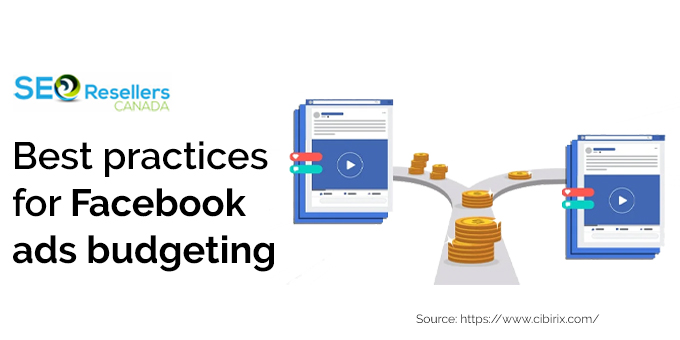
Facebook ads budget can be small or large. Focus on the long-term goal and follow these tips:
- Advertising goals: Keep the ad costs and your budget in mind while defining specific goals for your Facebook ads. Your strategy should align your target cost per like.
- Research your audience: Tailor the ads and save costs by keeping the preferences, demographics, and interests of your target audience in mind. This will ensure a higher return on investment despite the evolving Facebook advertising costs in 2023.
- Ad quality: Create visually appealing and engaging ads that resonate with your audience. Compelling visuals and concise messaging can enhance user engagement and can also reduce the cost per like.
- Content relevance: Incorporate relevant keywords like “link-building company” to attract the right audience. Craft ad copy that prompts users to engage without inflating your ad cost.
- Implement A/B Testing: Experiment with different ad formats, visuals, and ad copies. A/B testing allows you to identify the most effective combinations, optimizing your ad spend and achieving a better cost per like.
- Monitor and Adjust: Regularly monitor your ad performance metrics. Analyze data to identify trends and adjust your strategy accordingly. Adapt and mitigate increased ad costs in 2023. You can also connect with us to use our Facebook ads cost calculator
6- How do you calculate Facebook ad ROI?
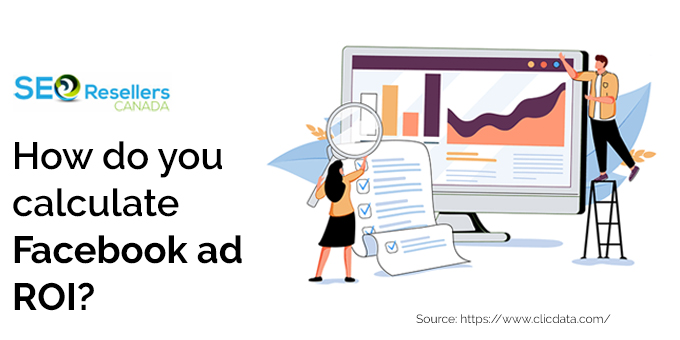
Calculating Facebook ad ROI involves comparing the revenue generated from ads against the total ad costs. The formula is (Revenue from Ads – Total Ad Costs) / Total Ad Costs * 100. For instance, if a business spends $500 on Facebook ads and generates $2000 in sales attributed to those ads, the calculation would be (($2000 – $500) / $500) * 100, resulting in an ROI of 300%. This indicates a threefold return on the ad investment. It’s crucial to track sales, leads, or other conversions attributed to the ads accurately, enabling businesses to assess the effectiveness of their Facebook ad campaigns and make data-driven marketing decisions.
7- How to target the right audience with Facebook ads
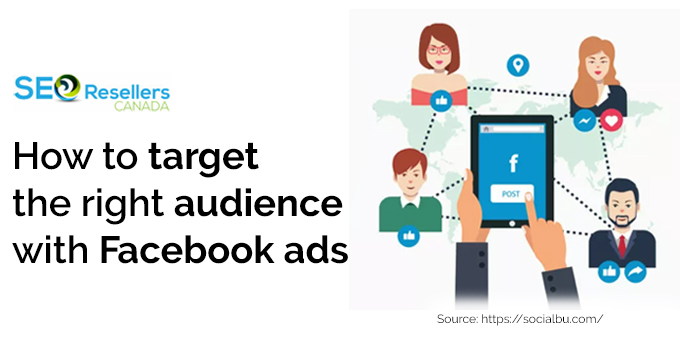
Here are some useful Facebook ad tips for beginners:
1. Utilize Detailed Targeting: In Facebook Ads Manager, narrow down your audience by selecting interests such as “Eco-friendly living,” “Sustainable fashion,” and “Environmental activism.”
2. Location and Behavior: Specify locations where eco-conscious millennials are concentrated, such as urban areas with eco-friendly communities. Target behaviors like “Green Living” and “Eco-Friendly Shopping Habits.”
3. Custom Audiences: Create a custom audience of users who have engaged with your brand before, such as website visitors or those who have interacted with your previous ads.
4. Lookalike Audiences: Generate a lookalike audience based on your existing customers. Facebook will find users with similar characteristics and interests, expanding your reach to potential buyers.
8- Facebook Ad targeting made simple.
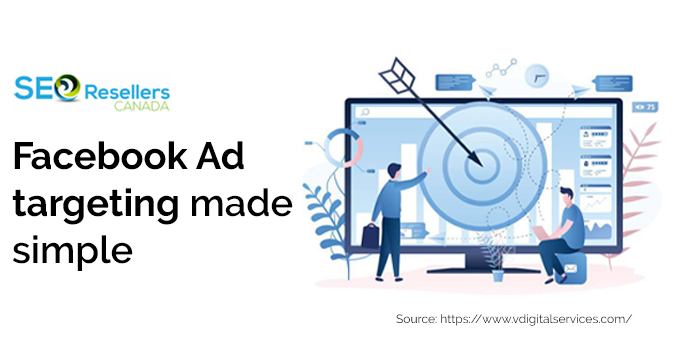
To understand how ad targeting works on Facebook, let’s take an example of a local bakery. The bakery is aiming to boost sales with the help of Facebook ad targeting.
They will do this by defining their audience as local residents interested in baked goods; they utilize detailed targeting options to focus on specific demographics like age groups, preferences, and nearby locations. Custom audiences are created using data from their website visitors and past customers, which ensures precise targeting.
They can expand the brand reach by employing lookalike audiences. This will help them in finding users similar to their existing customer base. Further, they can monitor ad performance to optimize their strategy.
User engagement can be used as a key analytical tool to adjust the parameters. Additionally, the bakery brand can consider SEO outsourcing for additional digital marketing support.
9- Conclusion
Facebook advertising costs offer higher ROI. All you need is strategic planning and a keen grasp of your audience and goals. Moreover, advertisers must understand how to track and measure the ROI of Facebook ads. Your key component to success is research and planning. Moreover, you can make the most of your ad budget by choosing our SEO consulting services. SEO Resellers Canada is the top-rated agency in the Kelowna SEO industry. Reach out to us today for tailored advice on creating high-value, cost-effective Facebook ads to elevate your online presence.
Editor’s Note: This post was originally published on June 23, 2020, and has been completely revamped and updated for accuracy and comprehensiveness.










